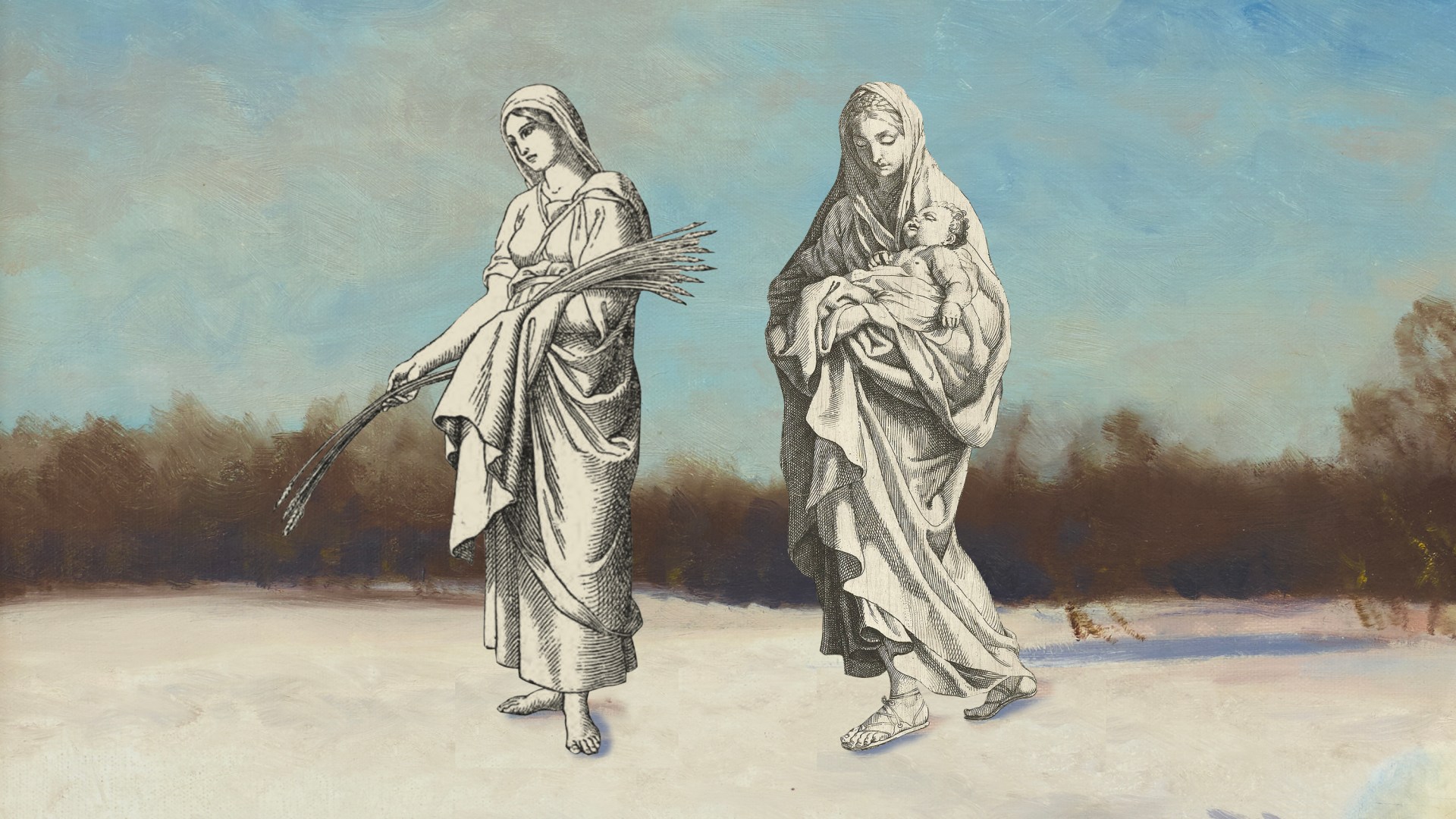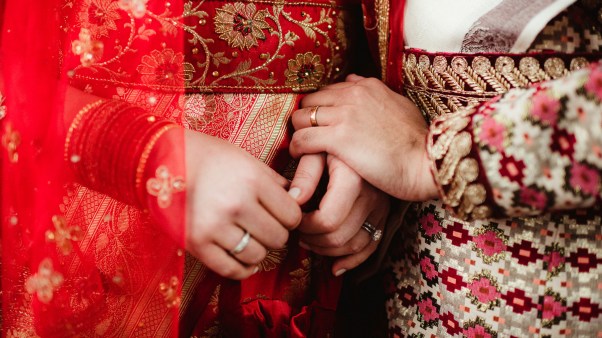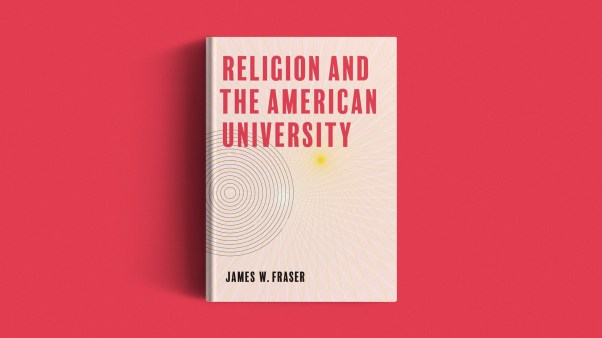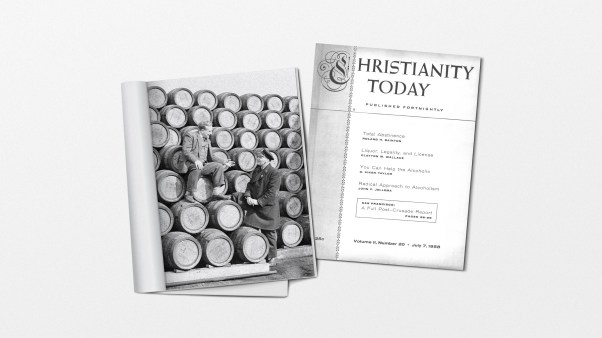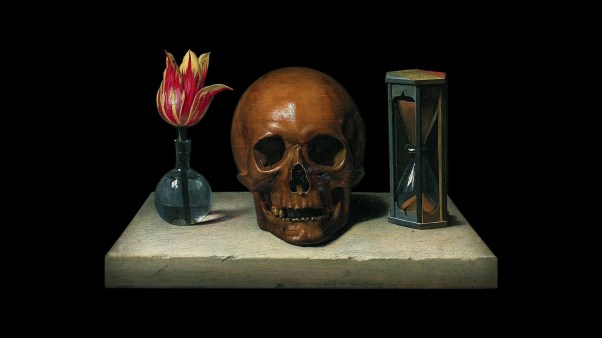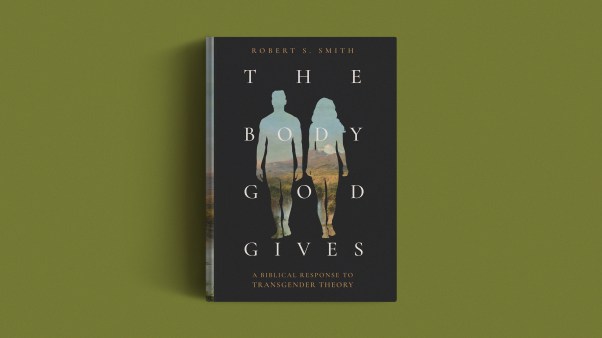I grew up in Japan in a household where my mother was a follower of Jesus but my father was not a believer. My mother took my siblings and me to church each week and played a central role in my faith formation. Consequently, I recall her presence in most of my Christmas memories, such as attending Christmas Eve worship services, acting in Nativity plays, and sharing about Jesus and the “meaning” of Christmas with others. Within my family, my mother was the primary figure who modeled Christ, and she has played an indispensable role in fostering my faith.
Many Christians may resonate with my story, especially those who grew up in a family where the mother was the sole parent who followed Jesus. Indeed, a 2019 Barna study of Christian homes in the United States points to the prominent role of mothers in their children’s faith. Teens consistently identified mothers as the foremost figures who pray with them and talk with them about matters relating to the Bible and faith. “Over and over, this study speaks to the enduring impact of mothers—in conversation, companionship, discipline and, importantly, spiritual development,” researcher Alyce Youngblood concluded. For many believers, belief in Jesus would not have been a reality without the role and legacy of family matriarchs in their lives.
The Advent season provides an opportunity to meditate on Christ’s love, but it also gives us a chance to appreciate his maternal lineage, particularly of his great-ancestor Ruth. I propose that the story of Ruth serves as an Old Testament Advent story. For Christians, Advent carries a specific connotation of “the coming of Christ at the Incarnation.” But the term also broadly means “the coming of an important event, person, invention, etc.” In this regard, the Book of Ruth looks forward to the advent of both King David and Jesus. The connection between Ruth, David, and Jesus is especially evident in Matthew’s genealogy, which includes Ruth, along with four other women: Tamar, Rahab, Bathsheba, and Mary (Matt. 1:3, 5–6, 16).
God’s love and character are made manifest through the female characters in the unfolding of Ruth’s narrative—a reminder that God’s salvation is accomplished not simply through “heroic” men, but women also play a vital role in God’s redemption story. Reading the Book of Ruth as an Advent story provides an opportunity for us to reflect on God’s attributes especially expressed through women, both in the Bible and in our personal lives.
Divine provision and inclusion
The Book of Ruth takes place during a spiritual and physical crisis when the Israelites have repeatedly committed “evil in the eyes of the Lord” (Judges 2:11). An Old Testament Advent story, it builds the expectation of a coming savior and communicates the message of faith to the Gentiles.
God’s provision for people’s physical and spiritual needs through a lack and fulfillment paradigm stands out in this book. Naomi, who lacks food, receives sustenance in Bethlehem. Naomi loses her husband and sons but receives a “son” through Ruth. Ruth, who is a widow, finds a husband. Most of all, during the days when the people lacked an earthly king, God initiated an Advent plan to provide Israel’s future king.
The advent of Obed’s birth (and one day Jesus’) hinges not only on God’s chesed (“kindness”) but also on the chesed that human characters display to one another in the story. For instance, Naomi blesses Boaz for not abandoning her and Ruth, and Boaz praises Ruth’s pursuit of him as a representation of God’s steadfast love.
Ruth’s story affirms that this love is also welcome to the Gentiles. Throughout the book, the author refers to Ruth as a “Moabitess.” Ruth’s Moabite identity shocks the original audience, as the Moabites consistently pose a physical and spiritual threat to Israel. For instance, Balak, king of Moab, tries to curse Israel (Num. 22–24), and the Moabites lead the Israelites to worship the gods of Moab (Num. 25:1–3; Judges 10:6).
In contrast to the Moabites’ negative depictions, Ruth the Moabitess enjoys inclusion into the Israelite community. She marries an Israelite and immigrates to Israel. She promises Naomi, “Where you go I will go, and where you stay I will stay. Your people will be my people and your God my God” (Ruth 1:16). The elders of Israel even pray that God may make Ruth like Israel’s matriarchs, Rachel and Leah.
Ruth’s commitment to God, Naomi, and Boaz results in her inclusion into the Israelite community—despite her Moabite identity—and the privilege of giving birth to a son, which leads to the births of King David and, ultimately, of Jesus.
Thus, throughout the book, God and people—whether Israelite or Gentile—extend and experience kindness. As an Advent story, then, the Book of Ruth paints a beautiful picture of inclusion into God’s community—one that is not strictly hereditary but open to all who believe and commit to Israel’s God.
A mother’s love
Besides opening a window into the inclusivity of God’s salvation plan, the Book of Ruth also points to the faithful love of God expressed through the exemplary actions of women. Especially noteworthy is the character’s willingness to endure suffering, which plays an essential role in the story of Advent.
The Japanese Christian author Shusaku Endo believes that the maternal nature of Jesus appeals to Japanese non-Christians. In his book A Life of Jesus, Endo states:
The Japanese tend to seek in their gods and buddhas a warm-hearted mother. … With this fact always in mind I tried not so much to depict God in the father-image that tends to characterize Christianity, but rather to depict the kind-hearted maternal aspect of God revealed to us in the personality of Jesus.
What Endo refers to as the “maternal aspect of God” lies in Jesus’ willingness to submit himself to suffering.
One of the most frequently repeated passages in the Old Testament, Exodus 34:6 reads, “The Lord, the Lord, the compassionate and gracious God, slow to anger, abounding in love and faithfulness.” The Hebrew term rachum, often translated as “compassionate,” is related to the noun rechem, which means “womb,” and thus implies how God expresses a mother-like nature. As this characteristic of God is often mentioned in contexts that deal with Israel’s sin and rebellion, God’s compassion naturally involves enduring human unfaithfulness.
Although the term rachum does not appear in the Book of Ruth, the story nevertheless exemplifies how Ruth endures suffering with her mother-in-law. Naomi experiences much distress in losing her husband and two sons. In agony, she states that YHWH’s hand “has turned against me” and that the Almighty “has afflicted me” (Ruth 1:13, 21). She even warns her daughters-in-law that she cannot remarry and that she will not be able to provide future husbands for them. She thus instructs her daughters-in-law to each return to her “mother’s home.”
Despite Naomi’s warnings, Ruth decides to accompany Naomi and join her in her suffering. Ruth is said to have “clung” to Naomi. The Hebrew term for “clung” (davaq) is the same term used to express the deep commitment of a husband to his wife, as well as how people ought to “hold fast” to God. Even though Naomi warned Ruth of God’s “hand” in her predicament, Ruth’s confession So may YHWH deal with me reflects her resolution to share in Naomi’s suffering even to the point of death. Ruth’s relentless love for Naomi is later described as better than “seven sons.”
Just as Ruth left her homeland and “clung” to Naomi and endured difficulties, Mary also bore, birthed, and accompanied Jesus to and from Egypt despite hardship. Jesus, through the Incarnation, took on flesh to bear our suffering, just like a mother would for her child.
Awaiting the promised One
Just as the Gospels recount the nativity of Jesus, the Book of Ruth looks forward to the birth of King David (Ruth 4:17–22) and recounts how God provided the birth of a king during a time of rampant violence and sin. Both stories share a similar setting: a time of national disaster that highlights the world’s need for a savior. They also share a similar plot line, including marriage, a child’s birth, and a female figure who travels to Bethlehem. Both serve to communicate how God works through the lives and actions of ordinary people and contrasts their faithfulness with the sinful patterns of the world. The exemplary natures of these human characters anticipate Christ, who serves as the paradigm of Christian faith and conduct.
This Advent, may Christians around the world celebrate the mother-like love of God that relentlessly pursues us, willingly endures suffering with us, and graciously accepts all who repent and believe. I hope that the Advent story of Ruth encourages mothers to rekindle their commitment to “cling” to God and their children. May Christians extend God’s love by accompanying those who are suffering in this season. And for those who are personally experiencing hardship, may you find encouragement in a God who graciously suffers for us, even to the point of sending his only begotten Son to earth for our salvation.
Kaz Hayashi (PhD, Baylor University) is the associate professor of Old Testament at Bethel Seminary/University in Minnesota. He was born and raised in Japan, attended high school in Malaysia, and now resides in Minnesota with his family. He is a fellow of Every Voice: A Center for Kingdom Diversity in Christian Theological Education.

